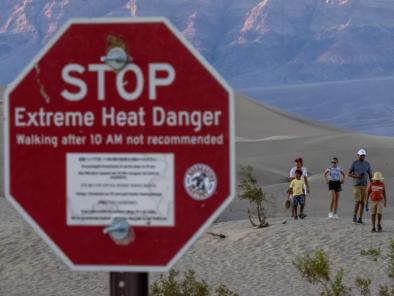Flash Droughts: A Review and Assessment of the Challenges Imposed by Rapid-Onset Droughts in the United States
Study key findings & significance
- The paper highlights recent research on the phenomenon of flash drought and reviews the literature to present the case for a preferred definition.
- Some researchers focus on duration, but Otkin is advocating for a different definition, one that incorporates the concept of a rapidly intensifying drought, focusing on rate of development as opposed to its duration.
Author quotes
“From my perspective, if you label a 5-day weather event, one of short duration, as flash drought, that is a synoptic weat
Related Content

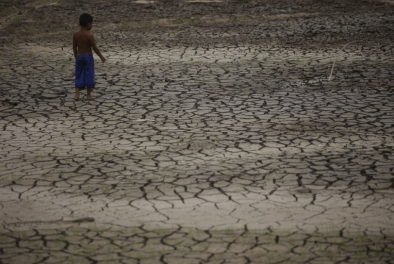

Rapid intensification of the emerging southwestern North American megadrought in 2020–2021
Study key findings & significance
- The Western U.S. and northern Mexico are experiencing their driest period in at least 1,200 years
Author quotes
"We have a society that's relying on there being the amount of water there was in the 1900s," said the study's lead author, Park Williams, a bioclimatologist at the University of California, Los Angeles.
Related Content

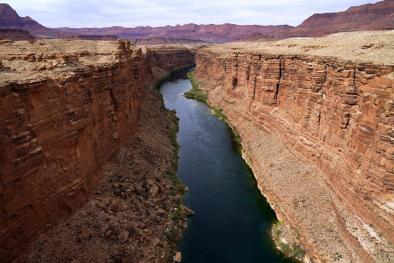
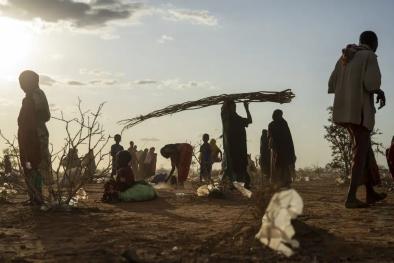

Assessing the climate-scale variability of atmospheric rivers affecting western North America
Study key findings & significance
- Using a new detection scheme, a 69 yearlong catalog of atmospheric rivers land-falling upon western North America is created and validated
- AR landfalls show a marked seasonal progression from the Gulf of Alaska in the early fall to northern California in early winter
- The seasonal intensity of AR landfalls varies from year to year and from decade to decade in relation to Pacific SST variability
Abstract
A new method for automatic detection of atmospheric rivers (ARs) is developed and applied to an
Related Content
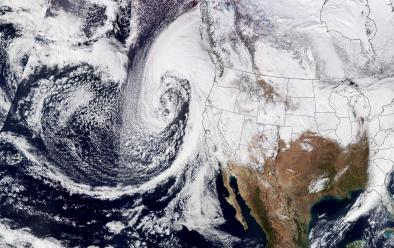
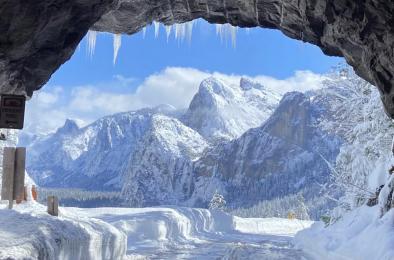
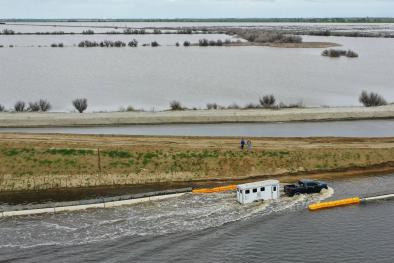
Human influence has intensified extreme precipitation in North America
Study key findings & significance
- Although previous work has identified an anthropogenic influence on extreme precipitation at hemispheric scales, this study finds robust results for a continental scale.
- The study establishes that anthropogenic climate change has contributed to the intensification of continental and regional extreme precipitation.
- Furthermore, the study shows that the anthropogenic influence on North American regional precipitation will lead to more frequent and intense precipitation extremes in the future.
Author quotes
Related Content
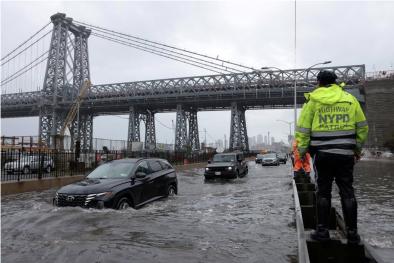
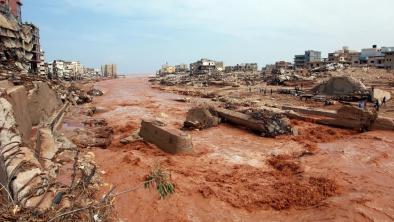

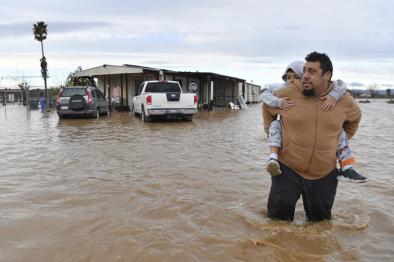
Unprecedented climate events: Historical changes, aspirational targets, and national commitments
Study key findings & significance
- This study expands on previous work analyzing historical climate data, which demonstrated how greenhouse gas emissions have increased the probability of recording-breaking hot, wet and dry events in the present climate.
- Now, the group analyzed similar models to estimate the probability of extreme weather events in the future under two scenarios of the Paris Agreement: increases of 1.5 to 2 degrees
Related Content
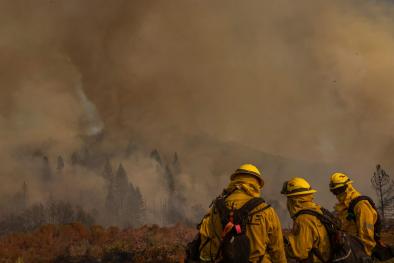


Precipitation Extremes: Trends and Relationships with Average Precipitation and Precipitable Water in the Contiguous United States
Study key findings & significance
- The study finds concurrent increasing trends in extreme precipitation and precipitable water aggregated in large regions of the US.
Abstract
Trends of extreme precipitation (EP) using various combinations of average return intervals (ARIs) of 1, 2, 5, 10, and 20 years with durations of 1, 2, 5, 10, 20, and 30 days were calculated regionally across the contiguous United States.
Related Content
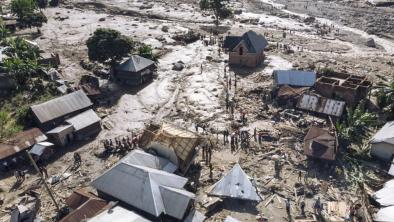
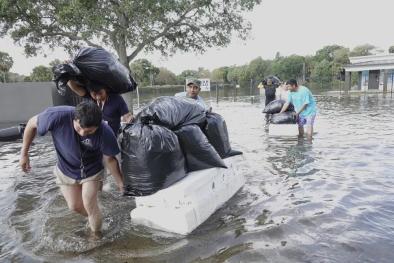
Cold waves are getting milder in the northern midlatitudes
Study key findings & significance
- The long-term station data have strong decreases everywhere in the lowest minimum temperature.
- Considering the area experiencing cold waves over the last decades, the most notable feature is a sharp decline of this area since the 1980s.
- An analysis of the entire northern midlatitudes confirms the steady decrease in severity and frequency of cold waves over the last decades in the observations.
Abstract
The strong two-day cold wave in the midwestern United States in January 2019 again ignited the di
Related Content
Sixfold Increase in Historical Northern Hemisphere Concurrent Large Heatwaves Driven by Warming and Changing Atmospheric Circulations
Study key findings & significance
- The study assesses recent changes in the occurrence of simultaneous large heatwaves.
- The average number of days between May and September with at least one large heat wave in the Northern Hemisphere doubled between the 1980s and the 2010s, to around 152 from 73. But the number of days with two or more heat waves was seven times higher, growing to roughly 143 from 20.
Related Content

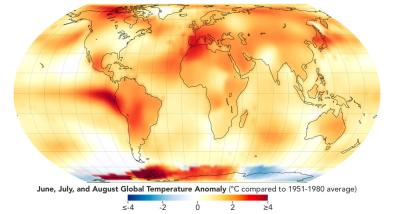

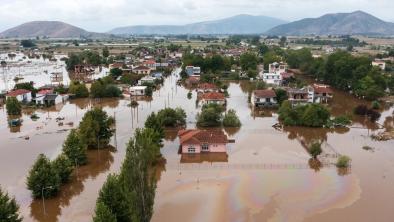
Diverse Characteristics of U.S. Summer Heat Waves
Study key findings & significance
- For the country as a whole and when evaluated regionally, heat waves are more frequent and show greater persistence when defined using daily maximum versus daily minimum temperatures. This was true for all four of the temperature variables examined, including temperature itself and three variables incorporating atmospheric moisture.
- There are notable regional variations in heat wave occurrence.
- Statistically significant upward trends in the frequency of heat wave occurrence are identified for most U.S.
Related Content



Spatiotemporal Evolution of Heat Wave Severity and Coverage Across the United States
Study key findings & significance
- A new spatial metric tracks daily heat wave evolution finding a significant upward trend in heat wave severity and coverage 1981–2018
- The observed upward trend is not captured by examining individual heat wave characteristics such as frequency, magnitude, or duration
- Findings suggest a substantial increase in the heat wave burden across the United States during the last four decades
Abstract
Heat waves have pronounced impacts on human health, ecosystems, and society.
Related Content

